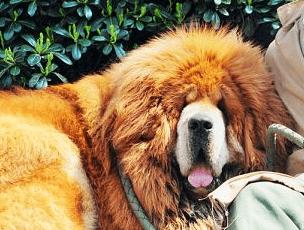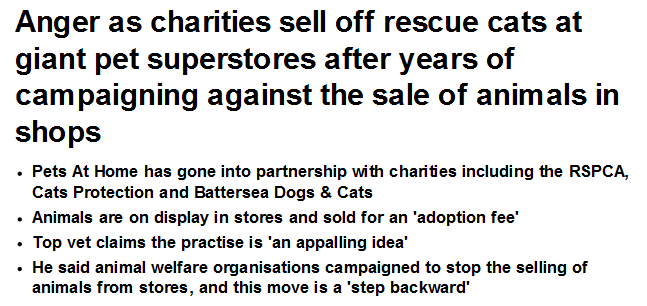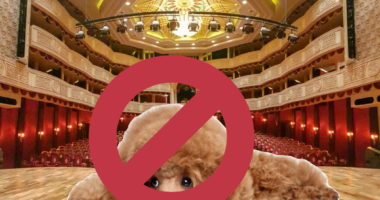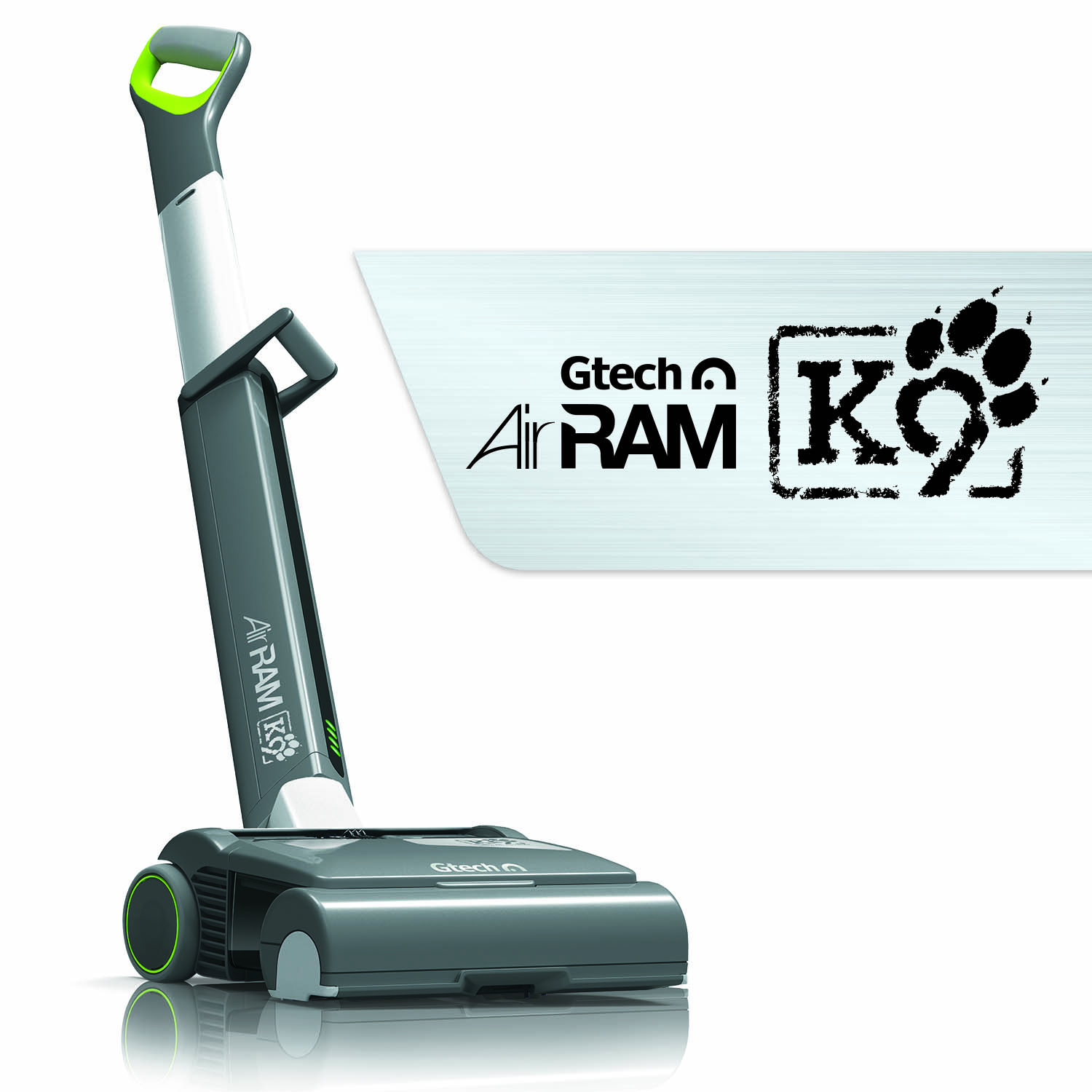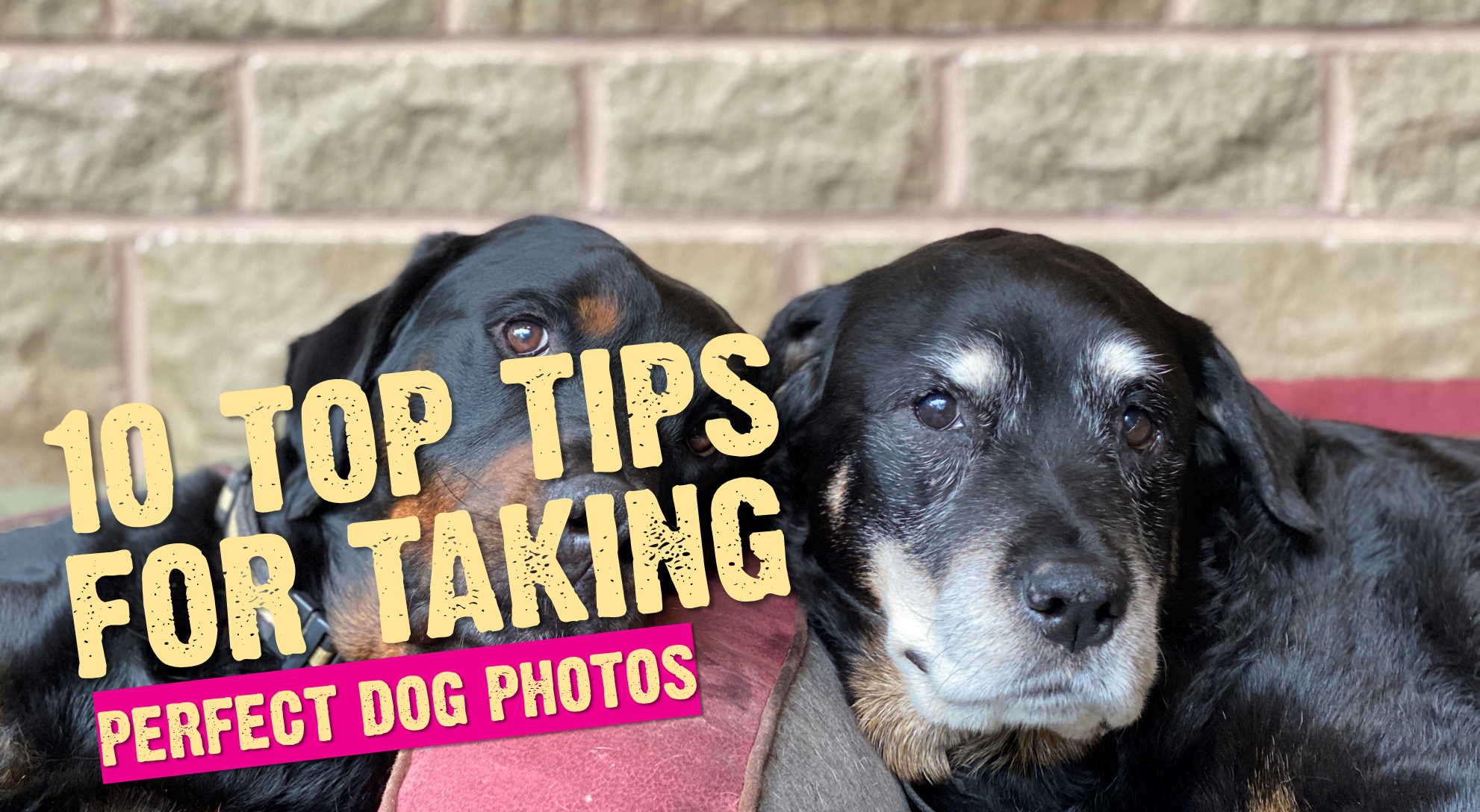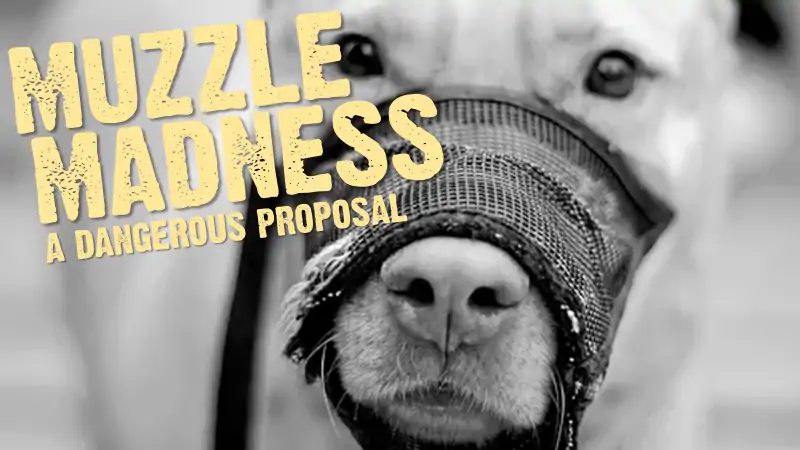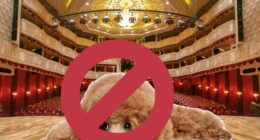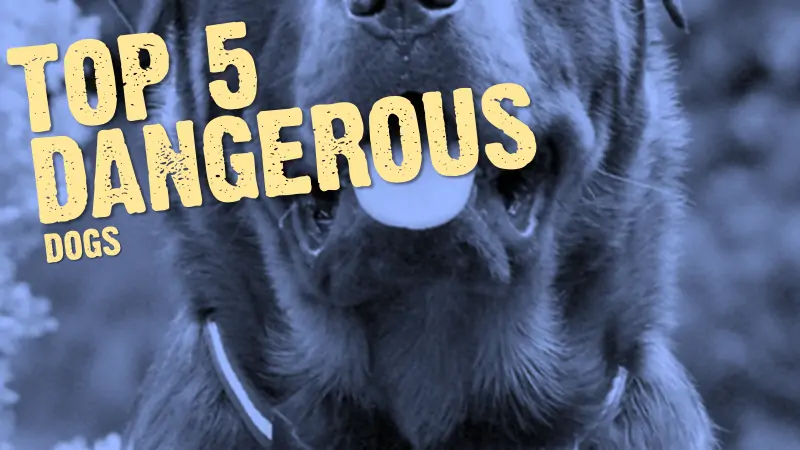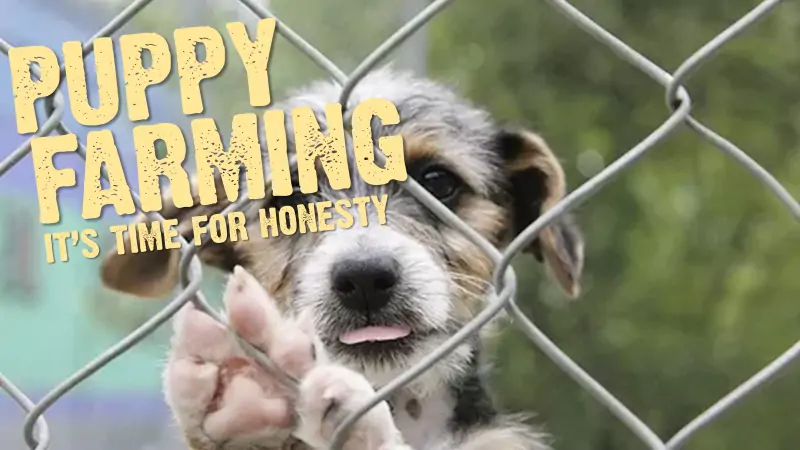No, you didn’t read that wrong. It’s not a load of extra digits in there…this dog changed hands for £1.2m.
How did this happen?

In a story that looks like it really should be a hoax, a supposedly ‘super rare’ Tibetan Mastiff was sold at a so-called ‘luxury pet fair’ in China.
The dog was apparently purchased by a Chinese property.
The dog’s breeder, Zhang Gengyun (who is definitely not a charlatan infused with greed and holder of a first class degree in spouting total bullsh*t) had this stream of nonsense to say about the dogs when speaking to Qianjiang Evening News:
“They have lion’s blood and are top-of-the-range mastiff studs,”
Call me a cynic, but I reckon they’d don’t have any lions blood in them. What with lions being a cat and this being a dog.
“Pure Tibetan mastiffs are very rare, just like our nationally treasured pandas, so the prices are so high,” he further spouted.
Pandas are, of course, a species of animal. Dog breeds are all of the same species.
The trend for so-called ‘designer’ dogs is a growing one as, it would appear, there are gullible suckers just waiting to throw their money at anyone who claims to be selling something ‘rare’. Back in 2006, K9 Magazine reported:
Thousands of wealthy dog owners have had the wool pulled over their eyes when they were conned into buying sheep that they were told were actually miniature Poodles.
The women, most of whom were Japanese were conned by an internet scam who preyed on their lack of knowledge about sheep and their desire to have the latest ‘designer pet’.
Bizarrely, the scam was only uncovered when a famous Japanese movie star who had been duped complained on television that her new ‘dog’ wouldn’t bark.
It is feared that over 2,000 people had fallen for the scam, paying upwards of 600 for the sheep, before the company was closed down.
People’s desire to have the latest designer dogs has been exploited in the past. In 2001 K9 Magazine launched a spoof website advertising rare “Bengal Chihuahuas” in order to highlight the downside of designer dogs. Sadly, one man in South Africa took the spoof seriously and offered K9 Magazine a huge sum of cash to be the first to own the anatomically impossible pet.
So, what the hell is a designer dog and why should you even care?
People most commonly use the word breed to describe a type of dog that displays characteristics interrelated to its name. But the concept of breed is far more complex than simply applying a label to a dog which looks a certain way.
The ancestry of the dog can be traced back as far as sixty million years. A weasel like creature called the Miatis is thought to have demonstrated the first characteristics of the animal now recognised as Canis lupus familiaris, or plain-old pet dog to you and me. It is thought that this creature evolved into the early wolf.
All the canine sub-species are scavengers by nature, like the jackal and coyote and this was certainly the case for the wolf. It is though the wolf discovered easy pickings in around the waste dumps established near human settlements and as people began to see certain characteristics in the wolf which they thought would be of great help to their development as a race, attempts were made to domesticate the animal and use a selection of his most desirable character traits to man’s advantage.
Once wolves and humans became comfortable in each other’s presence, the wolf began to readily accept his subdominant role within the partnership and thus domestication as we know it, began in earnest.
Certain wolves would display particular character traits such as an instinct for guarding and those individuals who also displayed the physical characteristics to make them a force to be reckoned with would be selected for breeding in order to produce strong, confident offspring capable of protection. This is probably the earliest example of selective breeding of the dogs we know and love today.
As the selective breeding processes became more widely practiced by humans, certain characteristics were developed to aid them. Dogs were bred for three main purposes, to hunt, guard and herd. As these functional breeds of dog were becoming more established, cross breeding was taking place in order to refine certain necessary attributes further.
A large wolf which happened to be particularly quick over long distances may be bred with a smaller example in an attempt to develop nimble, high stamina offspring for use when hunting. Overtly aggressive wolves would be bred to be as large as possible to produce effective guards for protection of the human settlements. Naturally instinctive hunters would be bred as large or as small the quarry they’d be expected to hunt. Selective breeding was in full swing.
This early form of selective breeding is how we eventually arrived at so many different breeds of dog. From the Yorkshire Terrier to the Bull Mastiff, selection by humans as well as the occasional happy accident have been the driving force behind the breeds we know and love today.
As selective breeding continued, the physical and character traits of the originally domesticated wolves were becoming more and more diluted, although every dog, even today possess wolf-like characteristics.
Certain types of breed have evolved to perform certain functions for humans. Although nowadays dogs are more commonly kept as pets, many breeds retain the original characteristics for which they were bred.
The hound group for example consists of two sections. There are sight hounds and scent hounds. Sight hounds are one of the oldest types of dog still endemic today. He is quiet and graceful, he is bred to spot prey from distance, hunt the prey and kill the prey. Hounds which are commonly kept as pets today include Beagles, Greyhounds and Bassett hounds.
Terriers evolved in Britain from the hound group. Terriers take their name from the Latin ‘to go to ground’, which is what they were bred to do. Terriers were originally used for hunting small quarry such as badgers, rats and rabbits. Like the hounds, Terriers should have a strong thirst for work, a thirst that if not properly quenched can occasionally lead to unruly behaviour.
The toy group is the only group to have breeds which were bred solely for the purpose of companionship. The Shih Tzu was favoured by Chinese emperors in the late nineteenth century as a companion in the palace and it was bred specifically for such purposes as were other toy group members commonly referred to as ‘lap dogs’.
The concept of what a breed actually is frequently provokes confusion today, even amongst experts. What constitutes a separate breed if two dogs look the same and were bred for the same purpose? Why are Norwich and Norfolk Terriers classed as separate breeds now when before they were the same? Why do small cosmetic differences such as ear position result in a difference in breed, when something such as major size difference does not? How can purebreds resemble cross-breeds and cross-breeds be passed off as purebreds?
All of these frequently asked questions strengthen the argument that the concept of what a breed is is commonly misinterpreted.
A dog breed is probably best described as, “a grouping of descendants categorised using criteria relevant to its behavioural and physical qualities, desirable to those who refined the line of genetic descent”. But how does one create a breed?
The offspring of a mating between two purebred dogs of different breeds is a cross-breed, a mongrel, a mutt, a dog eligible for Scruffs but not Crufts if you will. Technically speaking, the fact that both parents happen to be established, recognised pedigree breeds makes no difference to the status of the offspring. Often described as first-time cross, the world is seeing a huge increase in demand for ‘designer dogs’ such as the Puggle (Beagle cross Pug, the Cockerpoo (Cocker cross Poodle) and many others with equally fanciful names.
So what’s new? What traits does a Cockerpoo posses that a purebred Cocker Spaniel or Poodle lacks?
If you or I were charged with the task of creating a dog breed, the criteria being a small to medium sized dog with a happy personality, willingness to work and learn but with a non-shedding coat suitable for people with allergies, where would we start? We’d more than likely look at the Cocker but we’d fall short on the issue of shedding. We’d examine the qualities of the Poodle but we’d find they come in either small or large packages not small to medium and as a worker, they’d be outperformed by many of their gundog counterparts. If only the working qualities of the Cocker could be bundled with the non-shedding coat aspects of the Poodle and everything would be perfe…..wait, I’ve got it. I see a mating in the offing!
So deliberate cross breeding is, essentially, selective breeding. There’s a problem though.
It takes several generations to “breed true.” Compare yourself to your brother, sister or even your cousins. Do you all have the same looks, the same personality, the same motivations or intelligence levels? The chances are, you won’t. Each of us has some of the “best” traits of our parents. But they’re invariably coupled with the worse traits or, shall we say, less desirable traits. In some cases we may only inherit the less desirable traits of both parents at the expense of any of their best traits, our own children however may be fortunate to pick up the good traits we missed out on. And so it is with dogs.
Generation after generation of selective breeding is required before we establish a new breed. Is that a bad thing? Absolutely not. No one could argue we should ‘stick’ with what we have in terms of pedigree dogs and it’s a sure fire certainty that gene pools can bottleneck to the point where new blood is required.
Should that put you off splashing the cash on a Cockerpoo, a Puggle, a Jackador or a Spoodle? Maybe. Unless you’re buying into a dog which is several generations down the line in terms of a selective breeding program, you are effectively purchasing a cross breed. Cross breeds come with many, many advantages as pets but should you be charged £600 or upwards for one? Not really, especially when you consider how many fantastic cross and pedigree breeds are desperate for homes in Britain’s animal shelters, all of whom have the same qualities to offer.
The marketing of dogs is a trend set to continue. It’s human nature to aspire to own something a little different, a little fancy or in short supply.
“Oh what’s that unusual dog you have there?”
“It’s a Pomapekeapatador” (quite obviously a Pomerianian mixed with Pekignese and a little Patterdale and Labrador thrown in)
“Incredible, I’ve never hear of them. Where would I go about finding one”
“The Internet. But be warned, they’re very rare” (and therefore expensive, desirable and I’ve got one and you haven’t)
See how this works? The Pomapekepatador is what many generations refer to, rather cruelly, as a Heinz 57 (a bit of everything). A cross breed, a mix, a mongrel, a mutt. And they are as important, as clever, as giving and as worthy as any pedigree breed and there’s more than likely a rescue shelter near you chock-full of them. But don’t be fooled, ALL dogs are designer dogs. They all have the same ancestors remember!
Here’s some GREAT ‘designer’ dogs you could get for waaaaaaaay less than £1m….
Subscribe to RSS headline updates from:
Powered by FeedBurner
Enter your email and never miss out on receiving our best articles:
